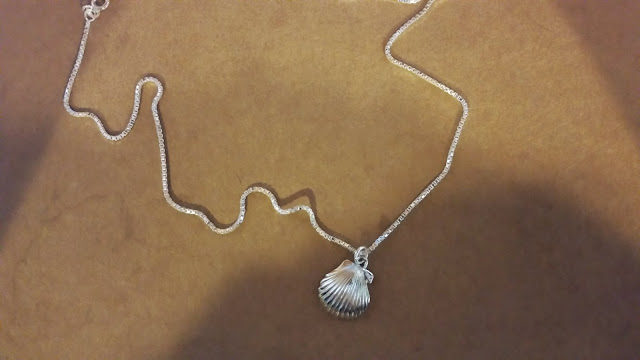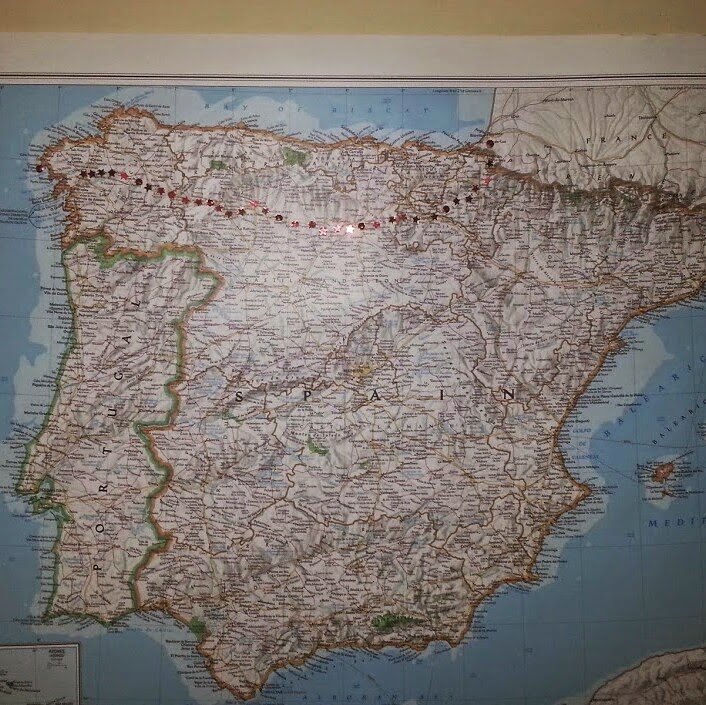Not surprisingly, there are lots churches along the Camino. Back in the Middle Ages, the churches were often the first place people stopped when looking for someplace to spend the night. It's still amazing to me, though, the number of functioning churches here that date back to the 1100's and 1200's. I've attached just a few photos of the many churches we've seen.
The first photo is of a church in Eunate. Actually, it's out in the middle of no where, but it was a church that belonged to the Knights Templar, who often protected the pilgrims from robbers or the Moors when they controlled the lower half of Spain. The church is supposed to be modeled after the Holy Sepulcher in Jerusalem with the octagonal shape. It was very simple and plain inside. It was a great place for a quiet moment and a quick prayer, asking for strength to continue our journey (see previous blog concerning blisters :-).
The second photo is of the inside of the cathedral of Santa Maria in Pamplona. It was used and supported by the nobility. Hence, all the gold and artwork and statues. It was, of course, very large and very impressive.
The third photo is of a church we passed by today on our way out of Puente le Reina. You can see the sign for the Albergue, which is the name for the hostals along the Camino. So even today, many of the churches continue to provide food and shelter to pilgrims at a very low price (usually around 5 to 8 Euros, which is about $7-$10). We will not be partaking in that particular cultural experience, though, because the Albergues are usually set up with multiple bunk beds in a room and shared bathroom facilities. We have heard from others that it can be challenging to sleep in these conditions, given all of the snoring and other bodily sounds that tend to occur during the night. And one also needs to stand in line for the bathrooms or showers, which doesn't go over well with either of us. So we'll stick with admiring the churches from the outside and the periodic visit inside for a quick moment of silence and prayer.











